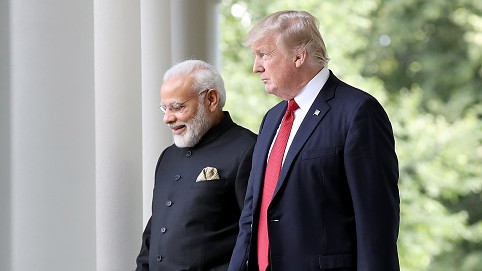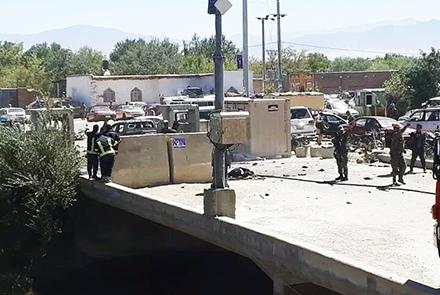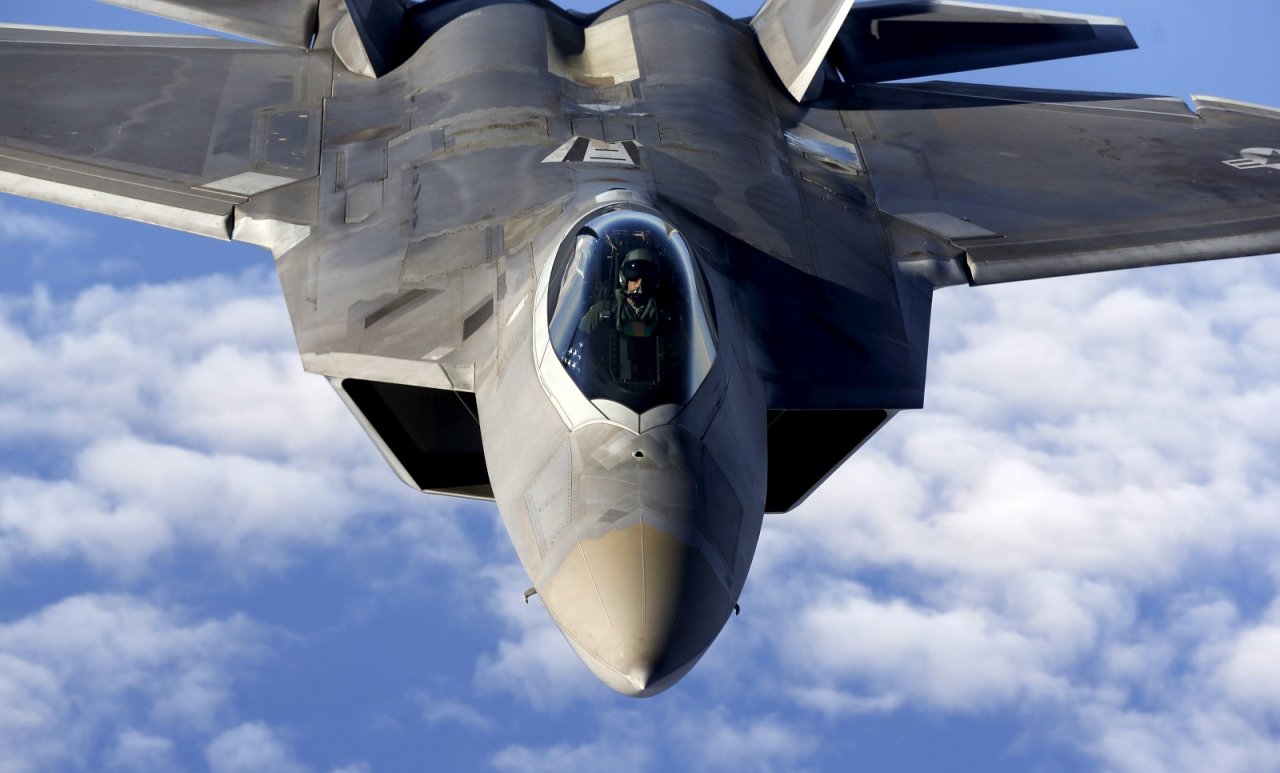By Steven A. Cook
 If the United States is done fighting for Saudi Arabia’s oil, it's done fighting for the entire region.
If the United States is done fighting for Saudi Arabia’s oil, it's done fighting for the entire region.
Since the end of World War II, three core interests have shaped U.S. Middle East policy: ensuring the free flow of energy resources from the region, helping to maintain Israeli security, and making sure no state or group of states can challenge American power in a way that would put the other two interests at risk. In other words, aside from the strategic, historical, moral, and political reasons for the “special” U.S.-Israel relationship, oil is the reason why the United States is in the Middle East at all.
That’s why this moment—the aftermath of an attack on Saudi Arabia’s most significant crude-oil processing facilities—is so important. How the Trump administration responds will indicate whether U.S. elites still consider energy resources a core national interest and whether the United States truly is on its way out of the Middle East entirely, as so many in the region suspect.
When the story broke on Saturday morning that Saudi Arabia’s processing facilities at Abqaiq and Khurais were attacked and that the likely culprits were Houthis, the debate among foreign-policy experts quickly became about Saudi Arabia’s culpability for suffering in Yemen, how much influence Iran has with the Houthis, and whom the Saudis were actually fighting. These questions only intensified after U.S. Secretary of State Mike Pompeo specifically accused Iran of the attacks. Speculation was that Pompeo—an Iran hawk—was being too cute by half, directly blaming the Iranians though Tehran was likely only indirectly responsible. This is not an unreasonable position, given Iran’s long history of avoiding direct confrontation in favor of supplying proxies with money, technology, and weapons to do their dirty work around the region. Others agreed with Pompeo that the Iranian role was clear, a position that grew stronger as reports surfaced that cruise missiles were used in the attacks. It was a robust, if not always edifying discussion. It also does not really matter.
 The US may offer oil and gas to India on concessional terms from its own reserves to help the latter tide over any shortages arising from the drone attacks on Saudi Arabian Oil Company, or Aramco, that have caused the biggest-ever disruption in global crude oil supplies.
The US may offer oil and gas to India on concessional terms from its own reserves to help the latter tide over any shortages arising from the drone attacks on Saudi Arabian Oil Company, or Aramco, that have caused the biggest-ever disruption in global crude oil supplies.






/arc-anglerfish-arc2-prod-mco.s3.amazonaws.com/public/5MIINVFC6FE57AOXXCEISQBN44.jpg)










/arc-anglerfish-arc2-prod-mco.s3.amazonaws.com/public/TKTSFUJTNVDNLIMRBXRDP3AMSY.jpg)
/arc-anglerfish-arc2-prod-mco.s3.amazonaws.com/public/VJJ2PHO32JAXRBOGBCS5O5QN2U.jpg)